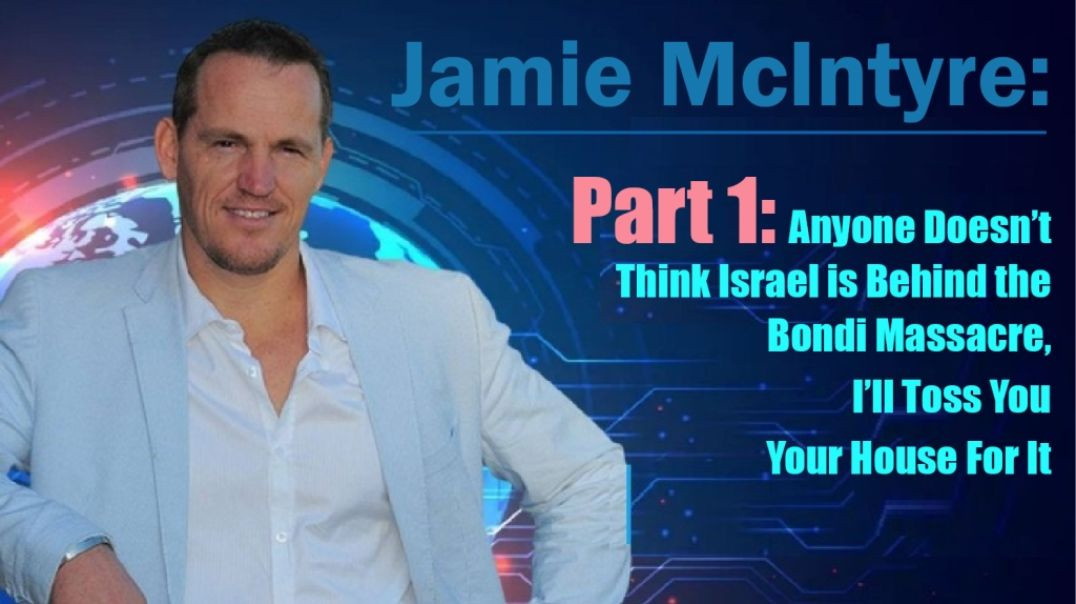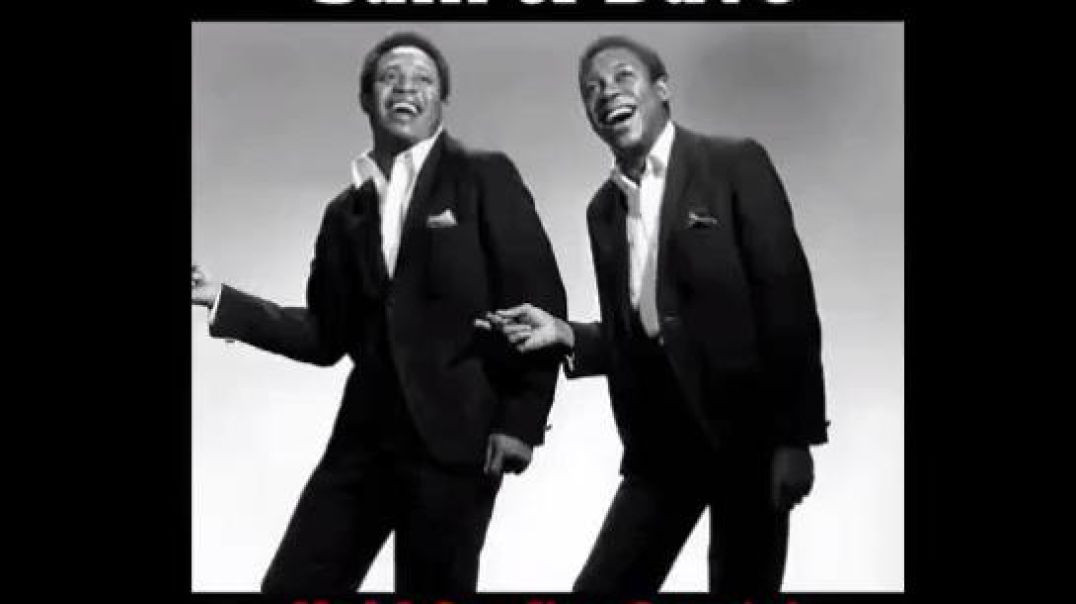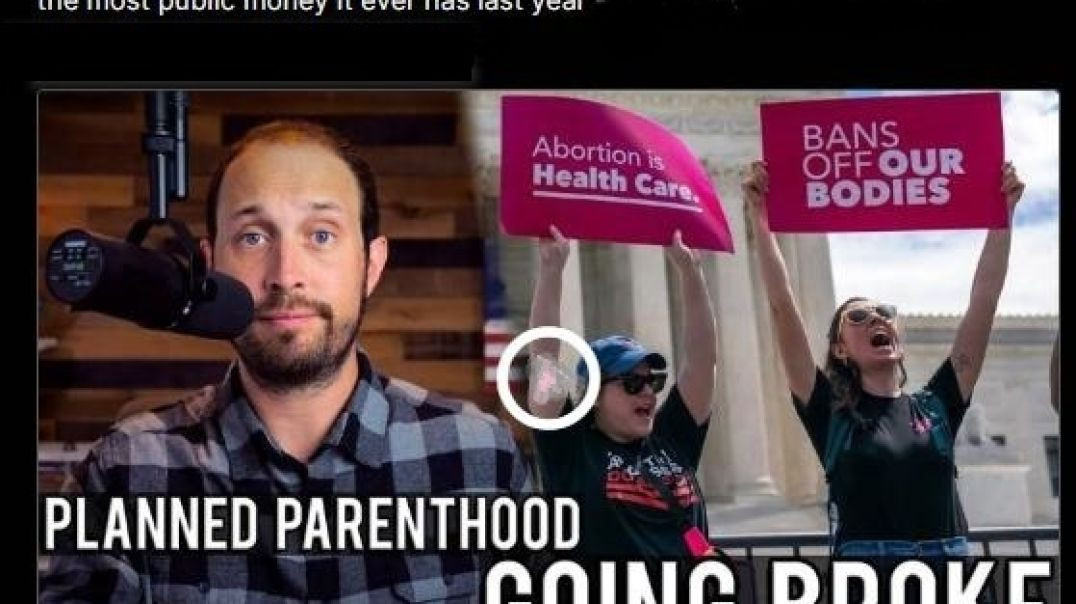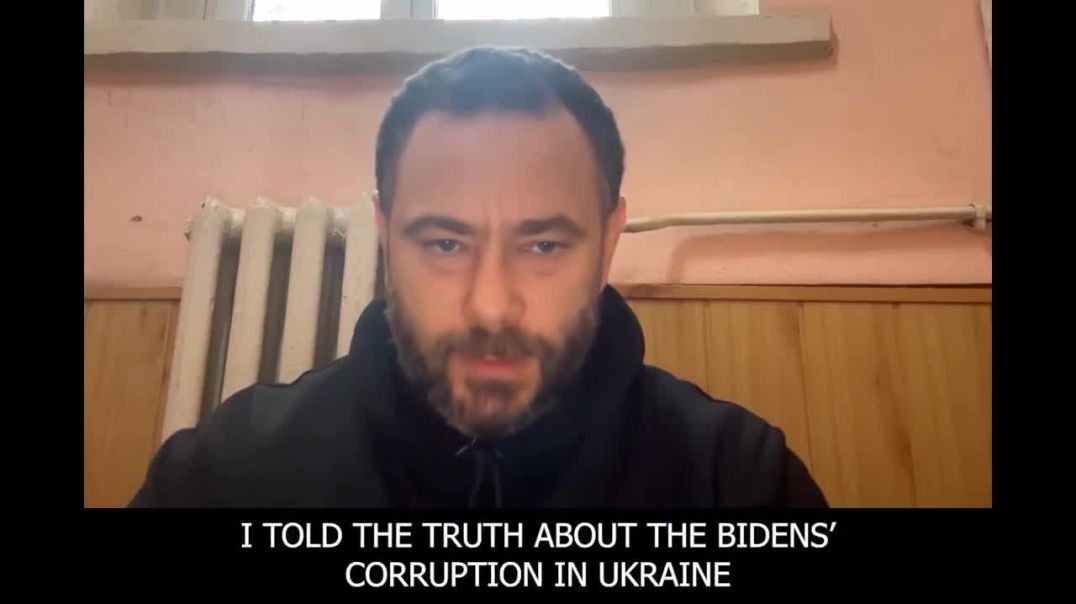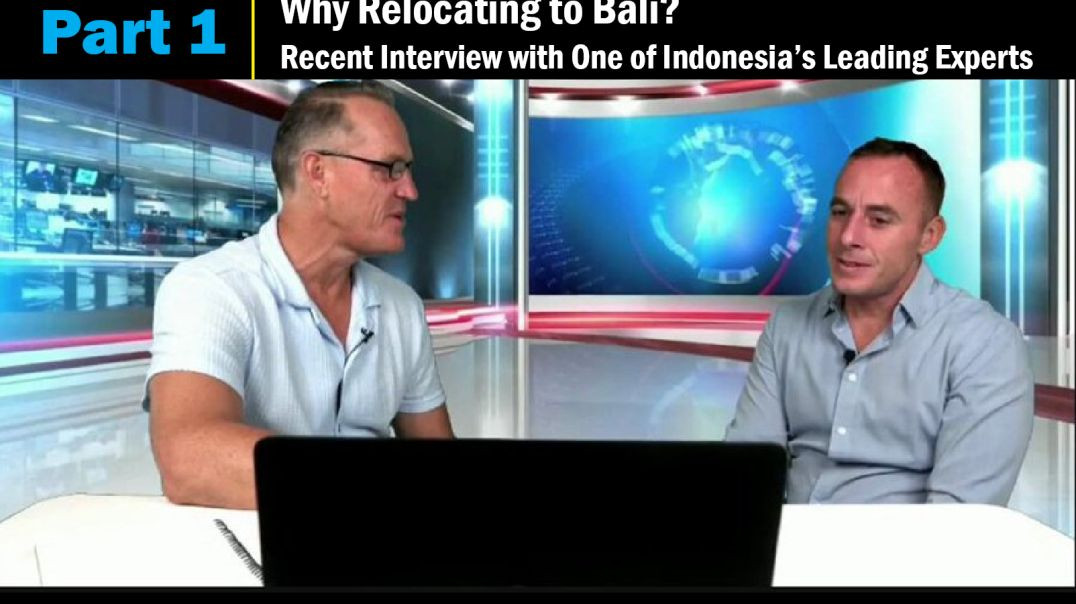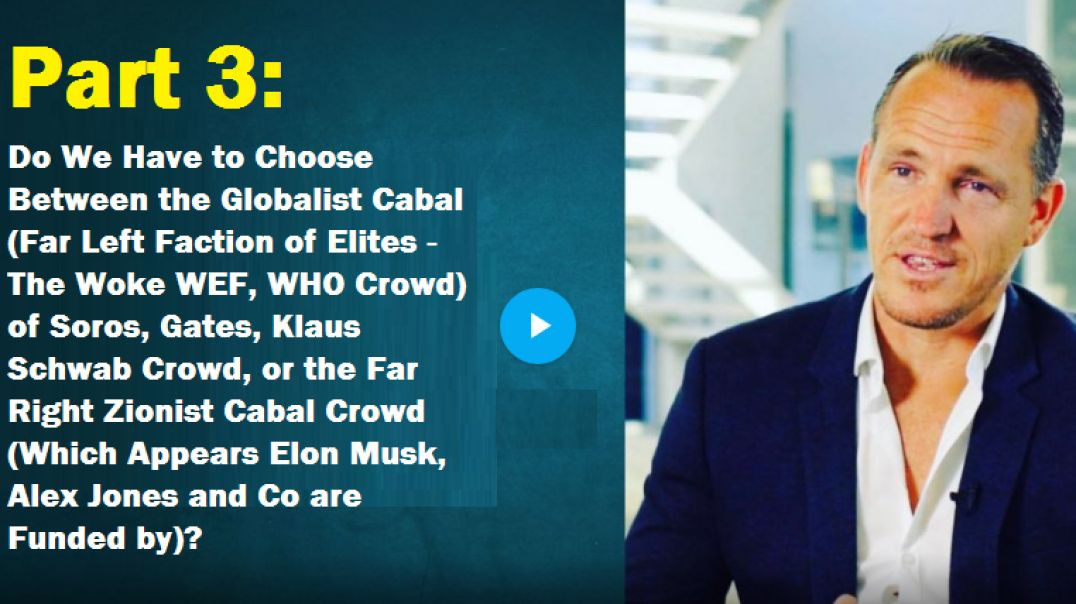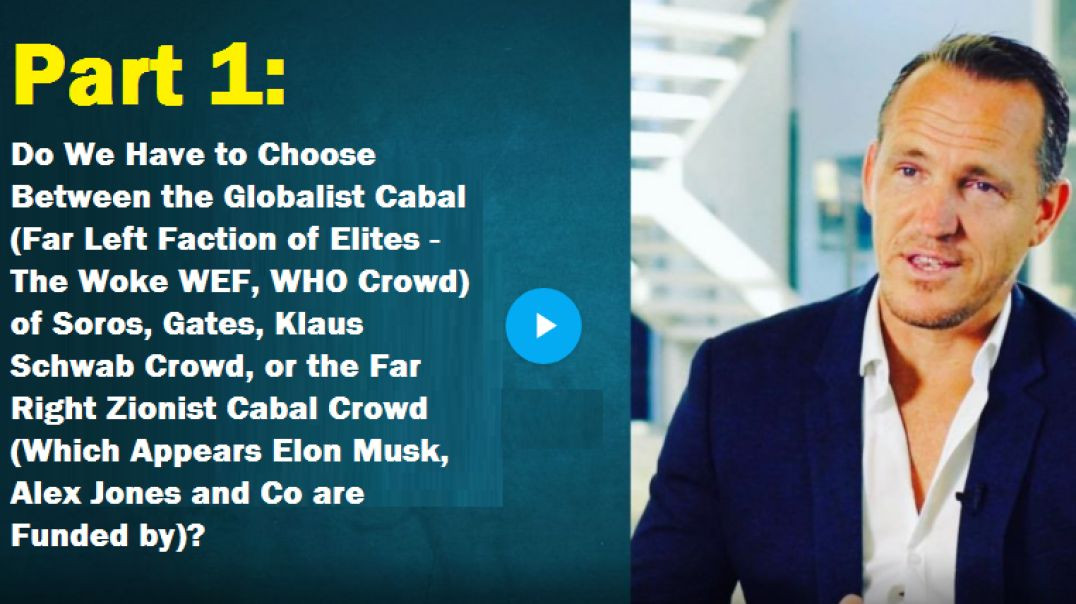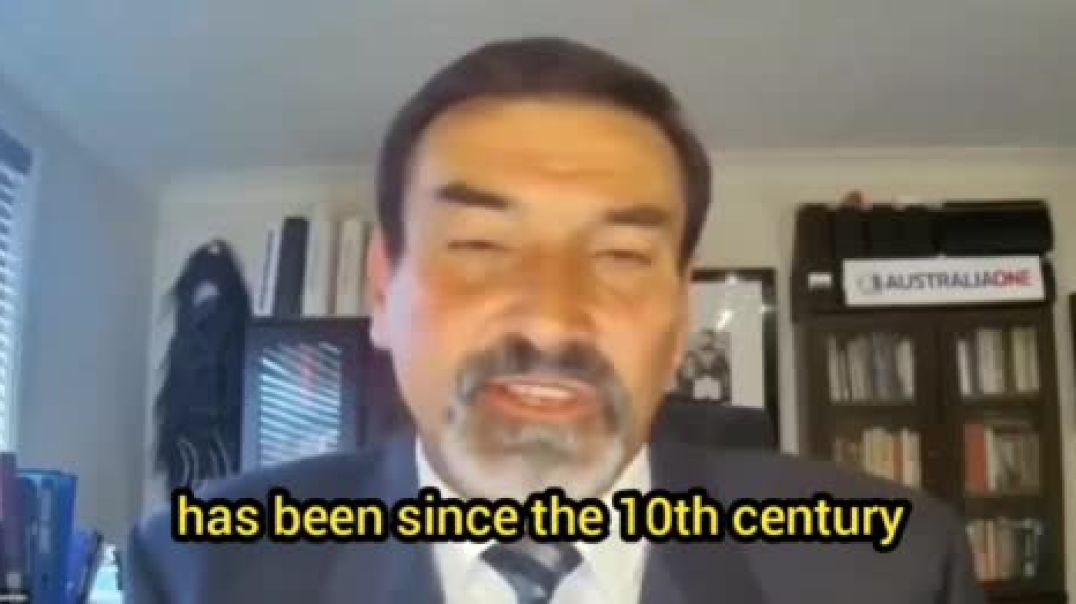Please donate now to help fund our work
- Film & Animation
- Music
- Pets & Animals
- Sports
- Travel & Events
- Gaming
- People & Blogs
- Comedy
- Entertainment
- News & Politics
- How-to & Style
- Non-profits & Activism
- McIntyre Report
- Jamie McIntyre uncensored
- RAW Report
- Candace Owens
- Steve Kirsch
- Tucker
- Bongino
- Elon musks
- Alan Jones Australia
- RT News
- Wayne Crouch Show
- Other
Leo Frank Trial - Reuben Arnold Closing Arguments Part 2
The two most crucial details in this text are that Mr. Arnold called attention to the use of words that, in his opinion, no black person would naturally have used, and that Conley provided so much detail in his claims that he could not have been lying. Then he read excerpts from statements Conley had refuted as deliberate lies and highlighted how rich in detail they were. Following that, he read the statement from May 24 in which Conley admitted writing the notes. It showed three different times when Conley claimed to have written the notes.
The first statement about them was a blatant lie that was untrue and unreasonable, and the statements were not actually Conley's. When Conley made this admission, the jury made a significant discovery because, if Conley had stayed with Uncle Wheeler Mangum, he would have told the truth long ago. The two most crucial facts in this passage are that Dorsey erred in joining the pursuit and becoming a participant, and that John Black succeeded in having Conley's testimony changed by shifting the letters' writing dates from Friday to Saturday. Conley, a wretch with a lengthy criminal history and an inability to lie in specifics, admits to fabricating four pages of false information about every saloon on Peter Street.
In order to allay concerns that he was involved in the murder that took place on Saturday, he also changed the day on which he wrote the letters from Friday to Saturday. He added that he made the claim that he wrote the notes on Friday in order to allay concerns about his involvement in the murder that took place on Saturday, and that this is his final and accurate statement. The fact that the man made a statement voluntarily and honestly without the promise of reward and that he is telling the whole truth are the most crucial details in this text.
Even though he claimed he didn't visit the building on Saturday, he was there all morning on the day of the murder. He was either drunk or had enough alcohol in him to make his blood boil. He claimed that while keeping an eye out for Frank, he heard Mary Phagan scream, and that right away after hearing her scream, he allowed Monteen Stover to enter the building. Additionally, he claimed that while Frank and Mary Phagan were ascending the stairs, he heard Mary Phagan scream, and as soon as he did, he allowed Monteen Stover to enter the building. Additionally, he claimed that Mr. Frank had said, "Jim, can you write, what a lie.".
Conley had been writing for Frank for two years and was attempting to establish his own innocence when he claimed he was not in the factory on Saturday and detailed all of his activities for that day. Additionally, he swore that Mr. Frank locked him in a wardrobe until someone left after he heard someone approaching while he was in Frank's office. However, it is well known that they entered the factory between midnight and twelve in reality they entered between eleven and twelve. Conley was attempting to establish his own alibi when he claimed he was not at the factory on Saturday and listed all of the things he did elsewhere on that day.
The most crucial information in this text is that Frank was able to fabricate the details of his statement about hiding him in the wardrobe when Emma Clark entered the room following the murder and that he obtained the factory girls' papers in order to gather information for the statement he had Frank make. Nevertheless, according to Frank's mother's testimony, his sister worked for a living in New York and that his father had a moderate income despite being in poor health. This is the foundation upon which the prosecution has built its case, and it is critical to keep in mind that this foundation is made up entirely of fabrications. The jury has been mistreated by Frank's family, who broke into his house and mistreated his servants, according to this text's most crucial details. Conley has shifted the date on the notes to Saturday, but he denies being aware of the murder.
Conley was interrogated for six hours on occasion by Scott and other detectives who yelled at him and made him feel uncomfortable in an effort to get a confession. Hooper believes that Conley's testimony should be dissected, but the court has not made this decision. It is difficult to determine when to believe him because he has lied so frequently. In an effort to persuade Jim Conley that Frank would not have written the notes on Friday, the detectives had Dorsey review the testimony and questioned him for six hours. Despite changing the date from Friday to Saturday, he insisted that he had nothing else to say.
The statement from May 29 demonstrates how they obtained Conley's statements in this way. They received nothing from Jim Conley regarding his knowledge of the killing of the young girl, and he merely claimed that Frank had mentioned the girl having fallen and that he had assisted Frank in concealing the body. Because he stood up during Colonel Rosser's cross-examination, the state boasted about him. While Scott, Black, and Starnes interrogated him and gave him general cues that they were here to testify in court, they were unaware of the negro's claims that he had seen the cord around the girl's neck, that Lemme Quinn had entered the factory, or that he had witnessed a number of other events. He claimed that Conley was now telling the truth and had disregarded Frank.
Conley had a revelation, and his friends Dorsey, Jim Starnes, and Patrick Campbell paid him seven visits. These are the two most crucial details in this text. Every time Dorsey and the detectives visited, Conley changed his perspective and saw things in a different way. Conley admits writing the notes, and it has been established by witnesses that he was present. It took the black man only two steps from where he was in the building's lobby to the elevator shaft before he grabbed the young girl's mesh bag and punched her in the eye. The story described here is more likely to be true than the one Conley tells about Frank. Assume Frank is no longer in the picture and Conley is being charged.
The most significant information in this text is that Conley never mentioned seeing Mary Phagan, Montane Stower, or Lemme Quinn enter. He now claims to have seen them all enter and that the state's representatives had convinced the black man to claim that he had heard Frank enter with her and emerge later while making a sly noise. Conley was aware of his obligation to appease the detectives, and the rope knot around his neck loosened as a result. They had forgotten, up until Conley took the witness stand, that the mesh bag and the pay envelope contained the real driving force behind this crime. Atlanta was never so stirred as it was by the Phagan tragedy, a terrible crime.
The defendant in court is the man who created the notes and was present, according to his own admission. Mr. Arnold requested that the sheriff open a chart that demonstrated that it was physically impossible for Frank to have committed the crime. When George Epps was arrested, he claimed that Mary Phagan and he arrived in town at around seven after twelve. Since they put up little George Epps and he claimed that he and Mary Phagan arrived in town around seven after twelve, the state has wiggled a lot in this situation. The most crucial information in this passage comes from two streetcar drivers named Hallis and Matthews, who claim that Mary Phagan arrived at Forsyth and Marietta at five or six minutes after twelve.
The State called witness McCoy, who never took his watch out of the sink until right before he was called, and had him swear that he looked at his watch at Walton and Forsyth and it read exactly 12:00. The State, however, accuses him of lying after introducing additional testimony to demonstrate a deviation from the timeline he had previously given. That the two streetcar men who knew the girl saw her is a given. The State's attempts to advance new theories about the period and theories that differ from those their own witness had sworn to are the most crucial information in this text. The State's own witness, George EPS, the streetcar schedule, and the testimony of Hollis and Matthews have all been used to demonstrate the passing of time.
According to Jim Conley's own statement, he began at four minutes before midnight and finished at thirteen o'clock, or 34 minutes in total. Conley took 50 minutes to go through the motions, according to Mr. Branch's calculations. Harley Branch claims to have been present when the detectives forced Conley to carry out what he claimed had occurred. Through his experiments, Dr. William Owen demonstrated that Conley was unable to complete those tasks in 34 minutes. The State has attacked almost everyone they have involved in the case, but Dr. William Owen, who demonstrated through his experiments that Conley could not have gone through those motions in 34 minutes, was not attacked.
The most crucial information in this passage is that Mary Phagan, a young girl who was kind, innocent, and timid, entered the factory at about twelve minutes after twelve, and was killed by a black spider close to the elevator shaft. The spider was as consumed with obscene lust as he was with his desire for more whiskey and the black man. She was robbed, assaulted, and had her body thrown down the shaft before he later carried it back. He then wrapped the cord around her neck and left the body there. The text concludes by stating that there was still enough prejudice against his race in this nation to support such a heinous accusation against Frank.
The fact that Conley left the factory at 130 and Frank left at 01:00 is the most crucial information in this passage. Mrs. Levy is telling the truth when she says that a young girl who applied for a job as a stenographer in Frank's office saw him at ten minutes after one. Mr. and Mrs. Selig testified that they were aware that he came in at 120, but Dorsey claims they are Frank's parents and vile liars because they claim to have seen him do so. Despite being Jewish, Mrs. Levy is telling the truth. Mr. and Mrs. Selig testified that they were aware that he entered the stadium at 120, but Dorsey contends that they are Frank's parents and vile liars for making such a claim.
There are only two individuals in this situation who can be trusted to tell the truth: Conley Dalton and Albert McKnight. Albert asserts that he was present at the Selig residence when Frank entered and that he was uneasy and didn't eat. Additionally, he claims that Frank did not get on the car headed for town at Pulliam Street and Glenn. It was two men looking for a reward who signed the affidavit on behalf of Men Nola McKnight, the cook for Mr. and Mrs. Emile Selig. Following that, they questioned Manola as to why she hadn't told the truth like Albert.
The most crucial information in this text is that Starnes and Dorsey committed a crime when they imprisoned a woman without a warrant, which is why it is so important to remember that. Minola's attorney, George Gordon, pleaded with Dorsey to let the woman go, but Dorsey refused. A forewoman at the national pencil factory named Miss Rebecca Carson vouchsafed that Frank was a person of integrity. The woman and Frank entered the woman's dressing room when no one else was present, according to the state's introduced witnesses. The state asserts that Frank wouldn't have looked at the corpse, but he returned to the factory that afternoon and made out the financial sheet. The text also states that Geesling and Black did not swear to that, which is very important to the man over there.
The Leo Max Frank murder case was built on prejudice and perjury, and it's possible that the murderer has been identified. These are the two most crucial facts in this text. However, it is crucial to follow the law in circumstantial cases because there is no other explanation for the alleged crime. Conley is the only thing the State has to go on to support their case, and they have already established that Conley is a liar. Since their consciences will concur, it is crucial to write a verdict of not guilty, and your consciences will give your approval. .

